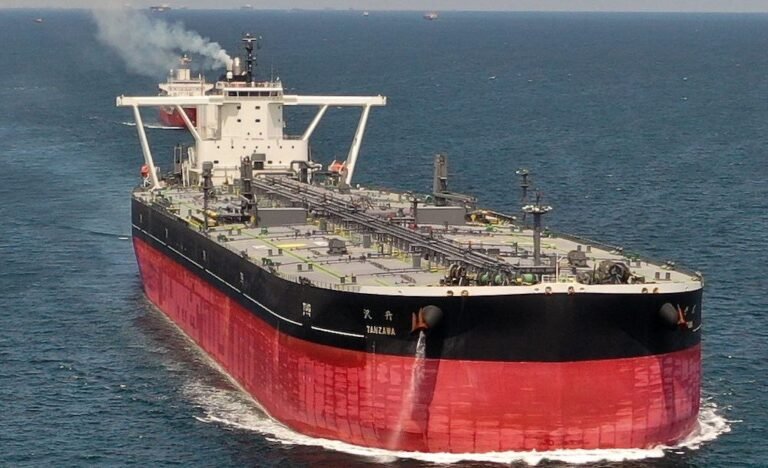Philippos Ioulianou, managing director of Emissionlink, on what shipping has learned from the EU ETS.
In less than 100 days, shipping companies operating in Europe face a critical test as the deadline for surrendering carbon allowances under EU ETS is September 30. Miss the deadline, and the consequences could be severe, Costly fines, exclusion from EU ports, public naming and shaming, even vessel detention in extreme cases.
This would be alarming in any context. But it’s especially concerning given that, only a couple of months ago, less than 40% of shipping companies had submitted their verified emissions reports, a basic prerequisite to surrendering allowances. The reporting deadline was 31 March. So already we are behind.
This first year of EU ETS implementation for the maritime sector has so far revealed the industry was woefully underprepared for the speed, complexity and fragmentation of compliance. But I would argue that it’s not entirely the industry’s fault.
Shipping’s global and highly decentralised structure makes ETS compliance inherently more complex than in other sectors. Ship owners, charterers and operators are often separate entities, based in multiple jurisdictions. A ship might be owned by a letterbox company in the Marshall Islands, operated from Greece, and chartered by a Chinese logistics group calling at Rotterdam.
This fragmented model clashes with the EU’s enforcement mechanism, which is grounded in national responsibility. Each EU member state is tasked with registering companies, verifying data, and opening ‘maritime operator holding accounts’ as a pre-requisite for surrendering allowances. Whilst some have moved swiftly, others, not so much. This is a problem that has been brewing for some time.
To make matters worse, the European Commission has offered minimal regulatory guidance and underestimated the industry’s complexity—leaving major questions unresolved, including enforcement, jurisdictional responsibility, and the treatment of non-EU operators.
Beyond bureaucracy, the EU ETS is already re-shaping shipping’s commercial landscape. Contractual negotiations between owners, operators and charterers are now deeply entangled with ETS cost allocations. Who decides who pays for the allowances? Who handles the submission? What happens if a voyage straddles EU and non-EU ports? In addition, some charterers will only transfer funds two to three weeks before the surrender deadline. That creates an enormous risk for managers or owners who pre-purchase allowances and are left exposed to volatile EU Allowance (EUA) prices or non-payment. In many cases, ship managers have stepped up and took over the responsibility on behalf of owners and trusting that reimbursement will follow.
The absence of clear contractual frameworks has triggered delays, disputes, and in some cases, standoffs. And this is year one, when only 40% of emissions are covered for 2024. By 2026, that climbs to 70% of the emissions for 2025. By 2027, it’s 100%. The learning curve is steep, and the timeline is unforgiving.
To be fair, there are signs of progress. Verified emissions submissions have accelerated in recent weeks, and most large shipping firms have invested in digital systems and emissions advisory services, like EmissionLink, that make data tracking far more efficient and accurate, off-setting the shipowners challenges of compliance.
But these improvements don’t change the fact that ETS is here, it’s binding, and non-compliance will hurt. Some companies are banking on regulatory leniency this year and, who knows, they may get it. But leniency is temporary. Expulsion isn’t just a threat, it’s an enforcement tool. Charterers, too, are watching closely. A ship flagged for non-compliance might fetch a lower rate, or lose a contract altogether. Worse still, the reputational damage could extend beyond individual ships to entire fleets or brands.
What comes next?
If we are to successfully decarbonise shipping, we need collaboration, not chaos. Stronger communication, better tools, and shared responsibility are key. The real lesson of the EU ETS’s first year is this: the industry is capable, but the system must be credible and agile to fit the industry. The next 100 days will define more than a compliance cycle. They will determine which players see regulatory change as a burden, and which treat it as a strategic opportunity.

